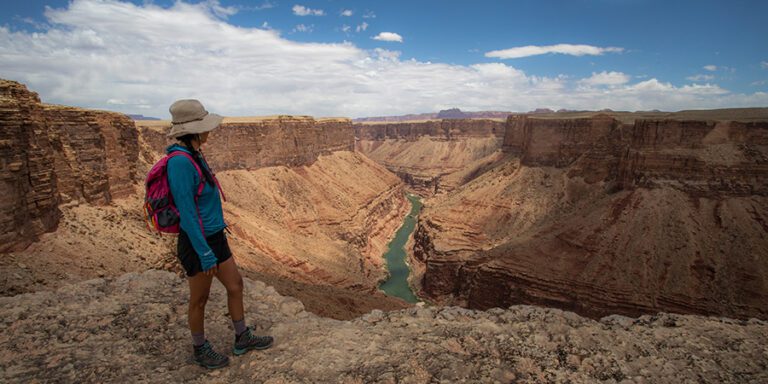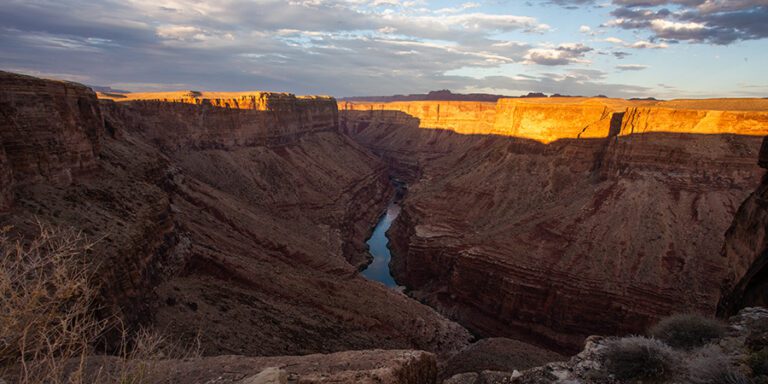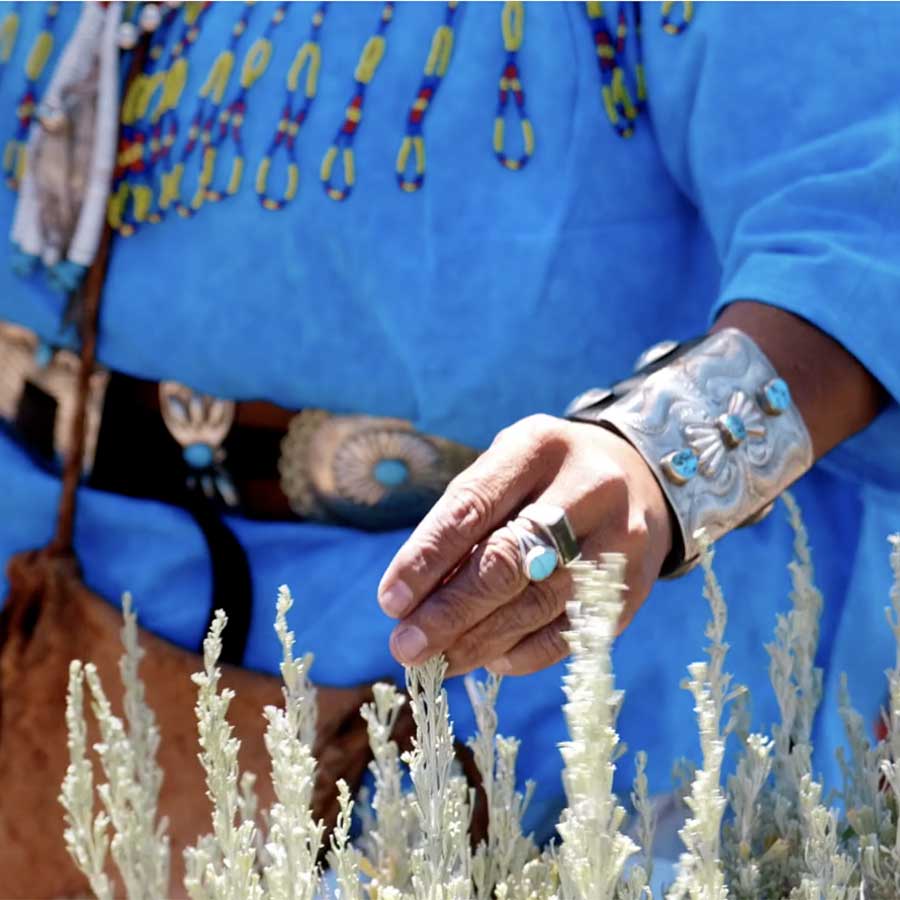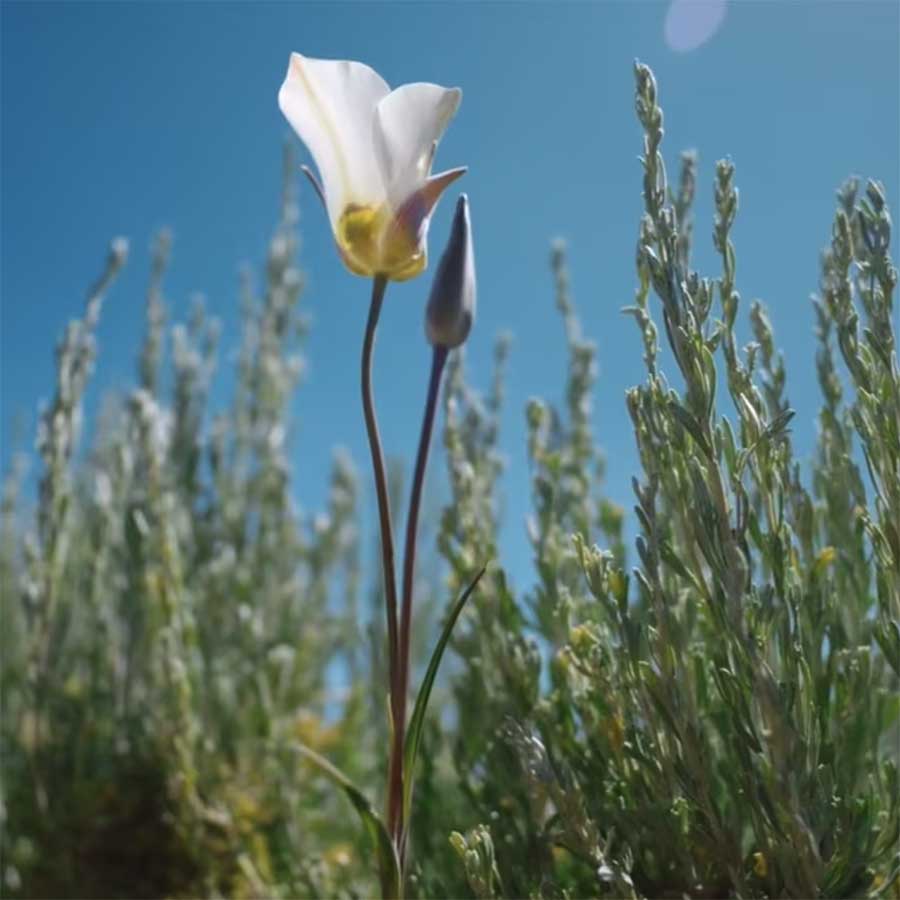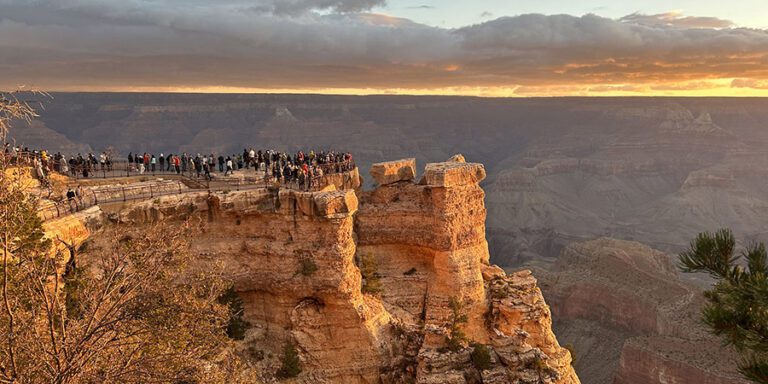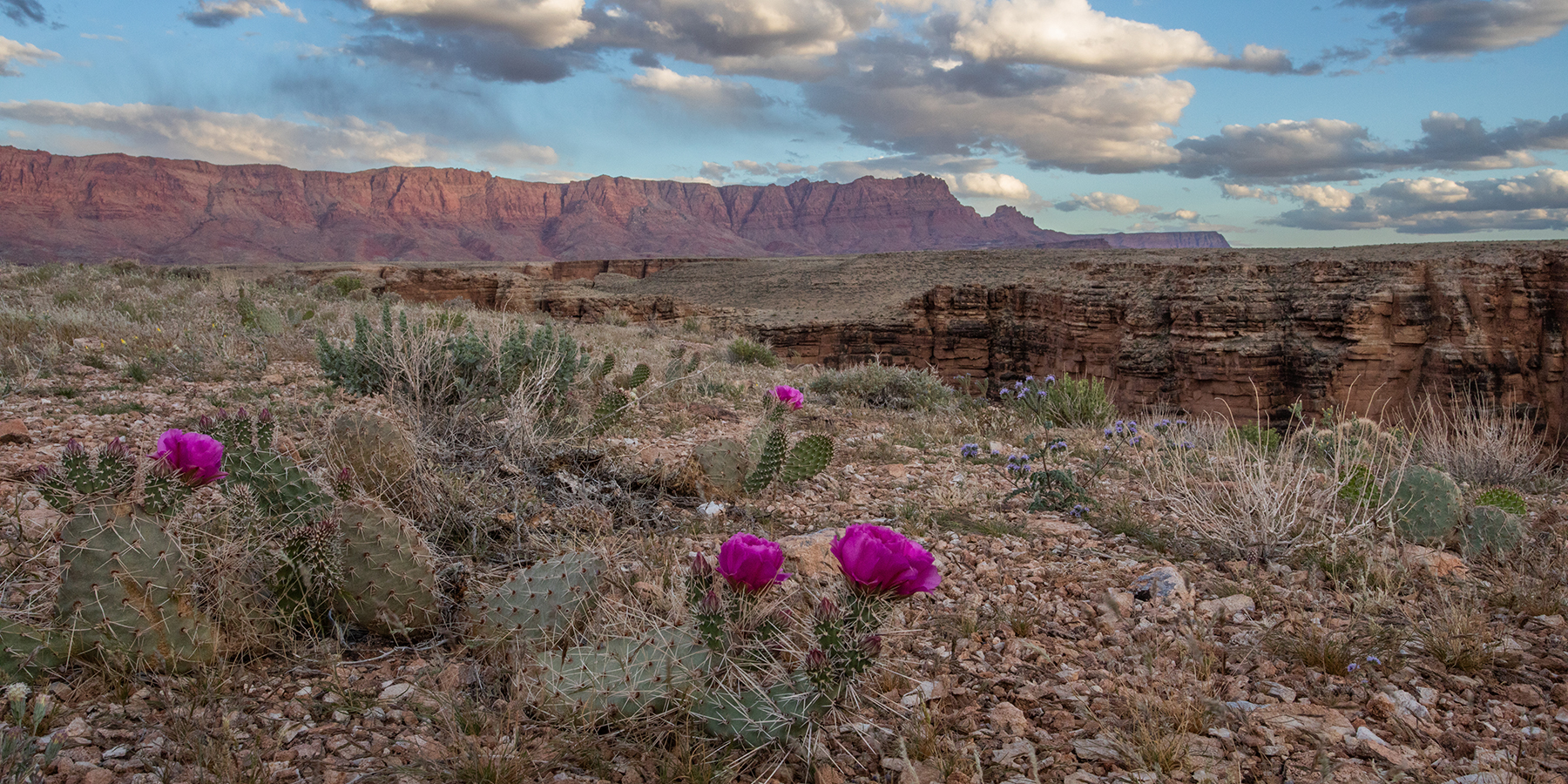
Baaj Nwaavjo I’tah Kukveni – Grand Canyon National Monument
Expanding protection for tribes’ ancestral homelands around the Grand Canyon
Tribes unite to protect their ancestral homelands around Grand Canyon National Park
Thanks to tribes’ advocacy and leadership, Baaj Nwaavjo I’tah Kukveni – Ancestral Footprints of the Grand Canyon National Monument fills in missing protections in the Grand Canyon region.
The national monument protects forests and grasslands above the Grand Canyon that have sustained Native peoples for countless generations. It also protects critical water supplies, animal habitat, rare species, scenic vistas, natural quiet, and dark skies.
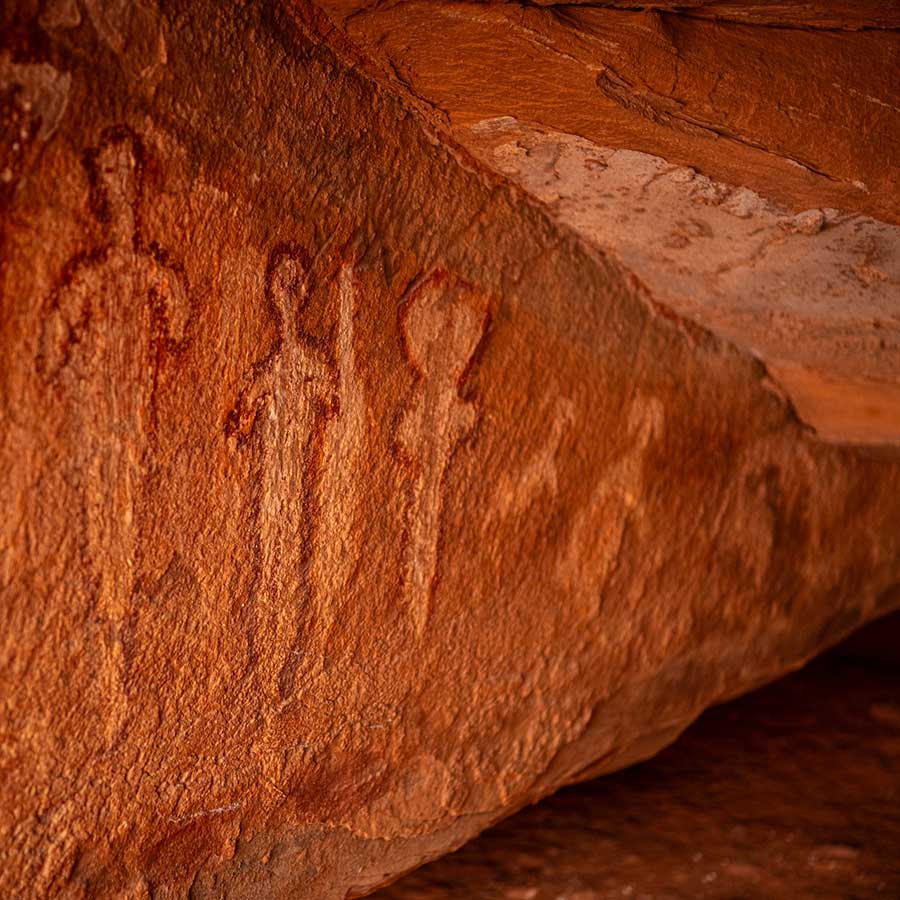
About the national monument What does Baaj Nwaavjo I’tah Kukveni protect?
The Grand Canyon and the plateaus above it have given life to Native peoples since time immemorial.
Ancestral footprints in the form of petroglyphs, pictographs, rock structures, and more follow the ridges, canyons, and creeks of Baaj Nwaavjo I’tah Kukveni.
The monument also protects tribes’ ceremonial lands, springs, hunting grounds, trading and migration routes, and other places that figure prominently in Indigenous histories.
“The Grand Canyon is the traditional homelands of the Southern Paiute people. It’s a place our people harvested food, fished, and conducted ceremonies, and they still do today.”
Hope Silvas
Shivwits Band of Paiutes
Natural resources protected
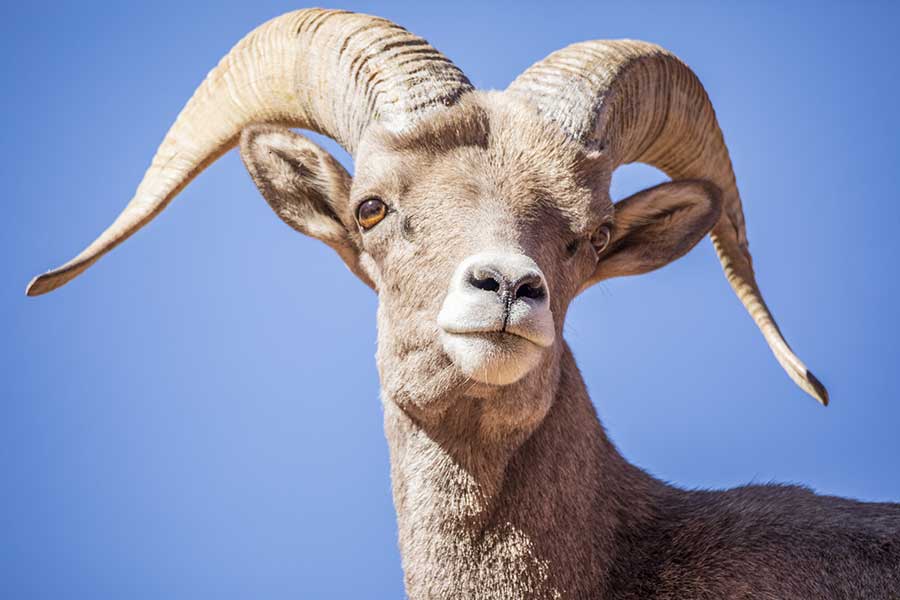
Plants and animals
Rare plants and animals like the endangered California condor and the Brady pincushion cactus call the monument home.
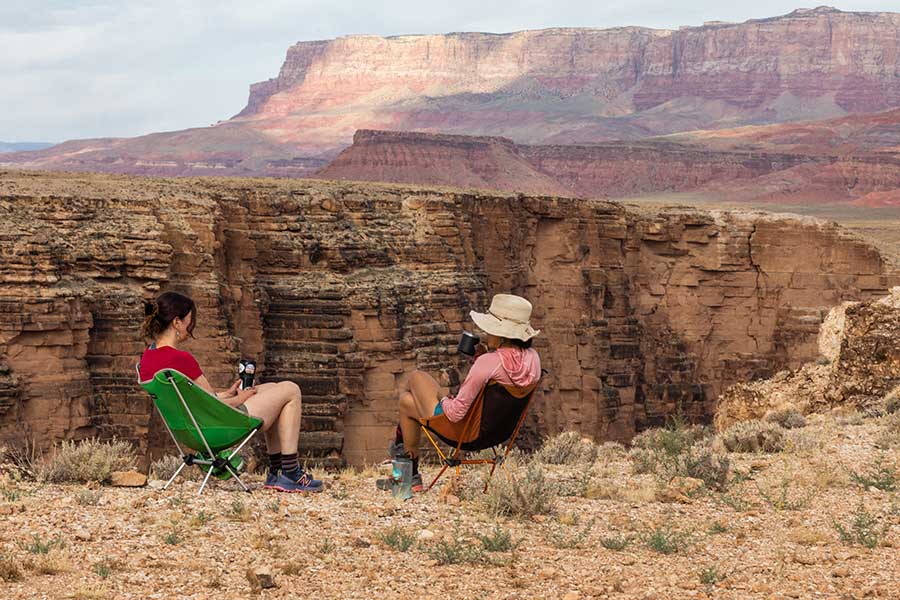
Geology
Baaj Nwaavjo I’tah Kukveni spans a textured landscape of faults, folds, cliffs, canyons, and other interesting geologic features.
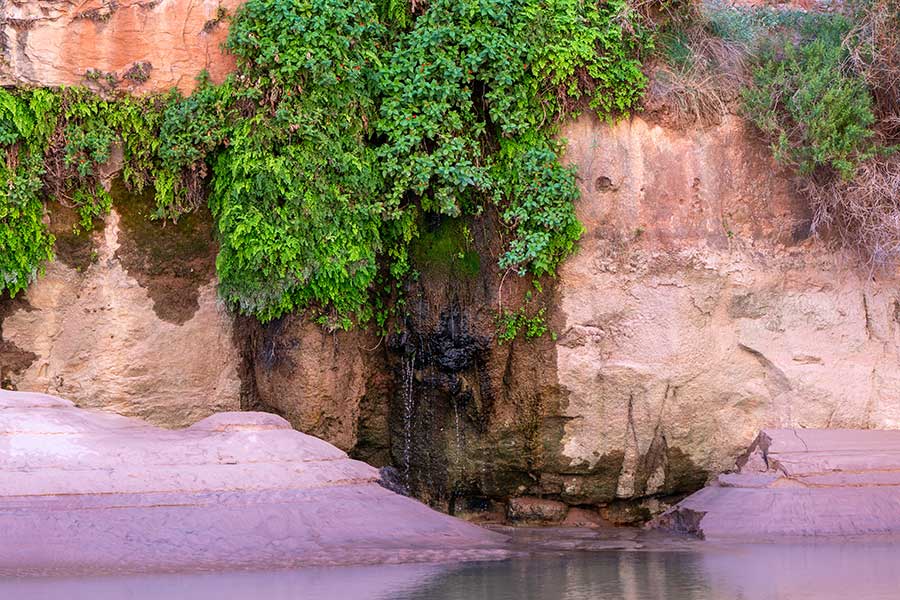
Water
Monument lands drain into the Colorado River, which provides water to 40 million people and 5.5 million acres of farms.
Learn how to pronounce the monument’s name
What does Baaj Nwaavjo I’tah Kukveni mean?
Baaj Nwaavjo means “where Indigenous peoples roam” in Havasupai.
I’tah Kukveni means “our ancestral footprints” in Hopi.
Everyone loves the Grand Canyon
The poll results are in and the message is clear: Arizonans love national parks and monuments
Do you love the Grand Canyon too?
Help us show Arizona’s elected officials, the president, and the federal government that people around the world support the Grand Canyon national monument.
“The Creator gave us a gift. And that gift is in the form of the Grand Canyon. That gift is not only to the tribal nations that have that intimate connection with it, but it’s a gift to the state of Arizona. It’s a gift to the United States. It’s a gift to the entire world.”
Tim Nuvangyaoma
Hopi Tribe
13 tribes lead Grand Canyon national monument protection efforts
The Grand Canyon Tribal Coalition leads protection efforts in Baaj Nwaavjo I’tah Kukveni. Its 13 tribes include: the Havasupai Tribe, Hopi Tribe, Hualapai Tribe, Kaibab Band of Paiute Indians, Las Vegas Tribe of Paiutes, Moapa Band of Paiute Indians, Paiute Indian Tribe of Utah, Shivwits Band of Paiutes, Navajo Nation, San Juan Southern Paiute Tribe, Yavapai-Apache Nation, Zuni Tribe, and the Colorado River Indian Tribes.
All maintain strong historical, cultural, and spiritual connections to the Grand Canyon today.
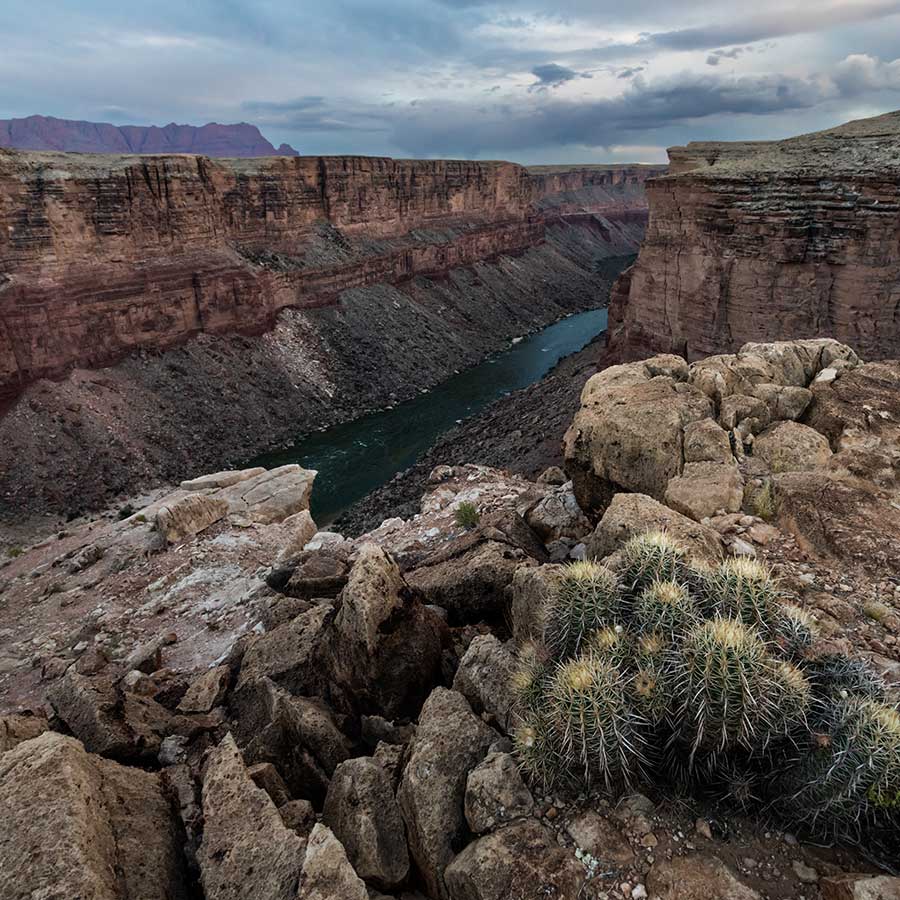
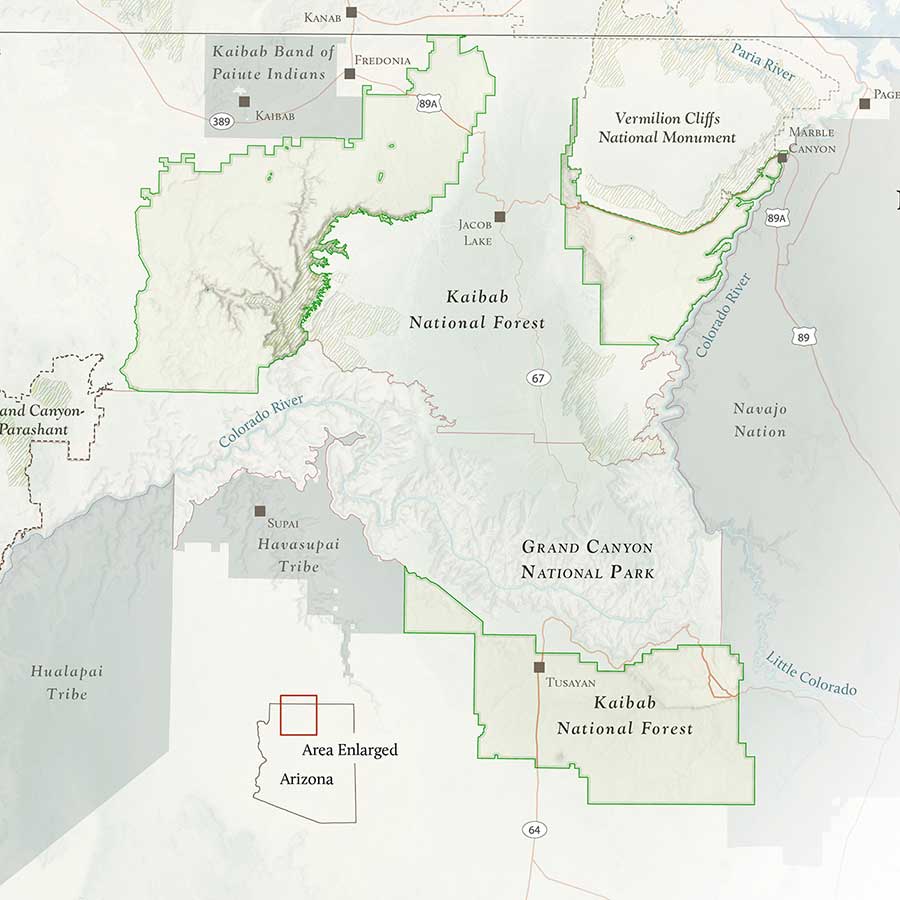
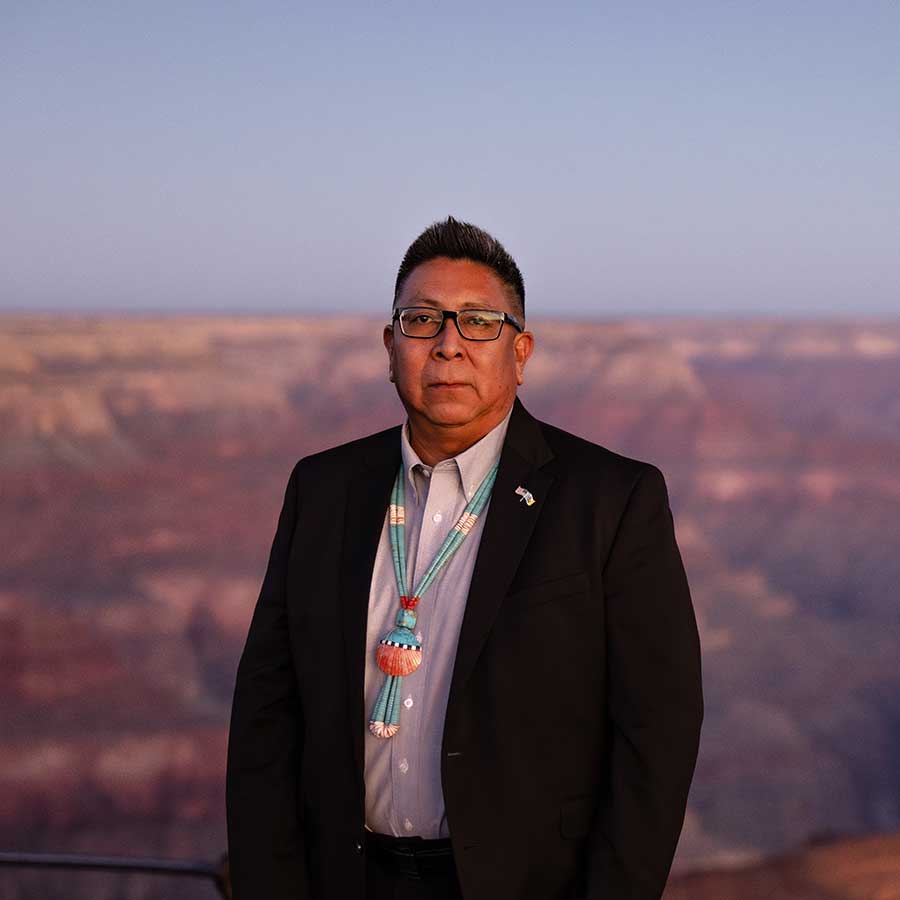
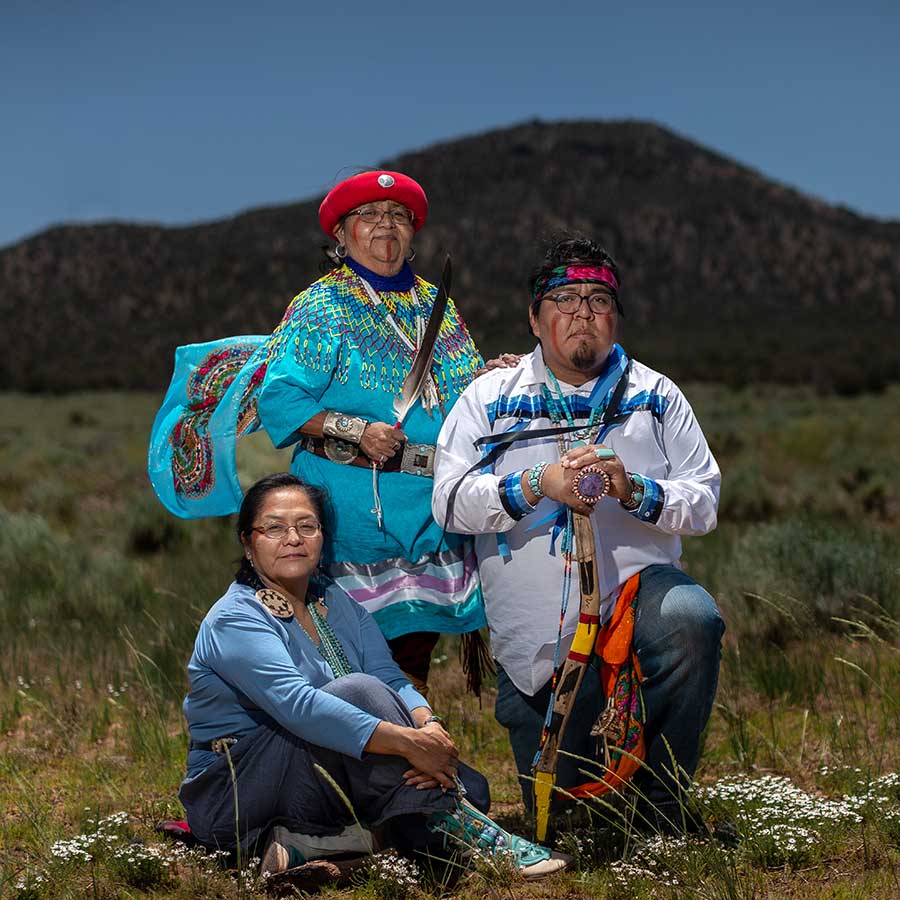
A timeline of Baaj Nwaavjo I’tah Kukveni
The Grand Canyon Tribal Coalition calls on President Biden to permanently protect about 1 million acres of their homelands near the Grand Canyon by designating a new national monument.
The designation of Baaj Nwaavjo I'tah Kukveni national monument marks the third successful Native-American-driven campaign for a national monument.
The proclamation also lays the foundation for collaborative stewardship, with a tribes working alongside federal agencies to manage the new monument.
Your monument questions, answered
Who owns the lands that make up the monument?
All the lands within the monument boundary are federal public lands. No state, tribal, or private lands are included in the monument.
What happens to mining in the new Grand Canyon national monument?
The monument designation prevents new mining claims from being staked. Mines with valid existing rights, including Canyon Mine (renamed Pinyon Plain Mine), may move ahead inside the monument.
How does Baaj Nwaavjo I'tah Kukveni affect hunters?
Native peoples have hunted in what is now Baaj Nwaavjo I’tah Kukveni since time immemorial, and hunters from around the state and across the country travel here to pursue elk and track epic migrations of mule deer across the landscape.
The monument respects and preserves these traditions.
How does the monument affect livestock grazing?
Livestock grazing on federal public lands that are now protected as part of the monument continues, and the same rules that applied before the monument apply now.
Read more on the blog
